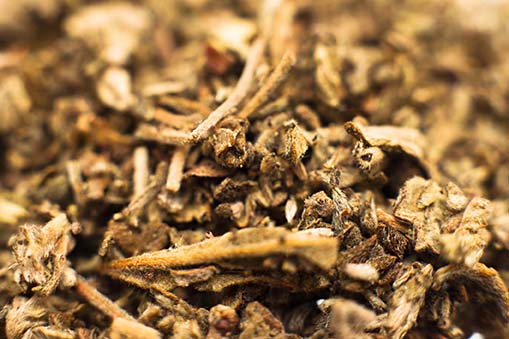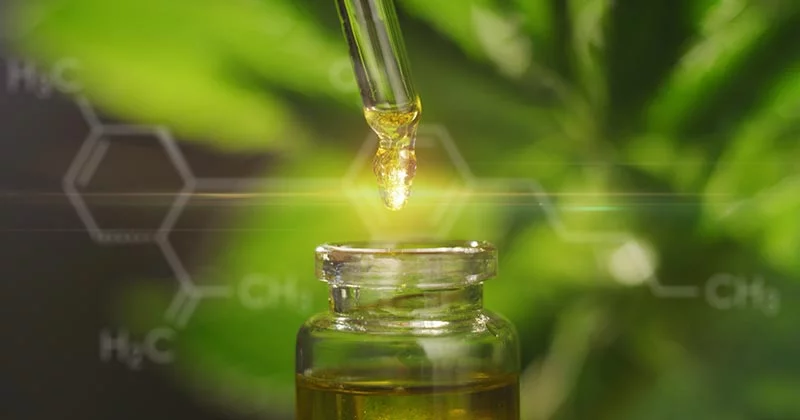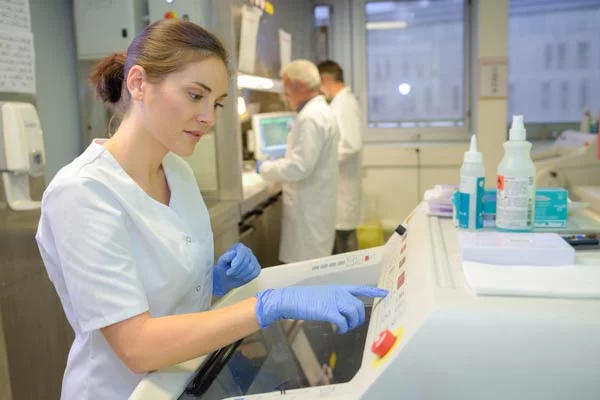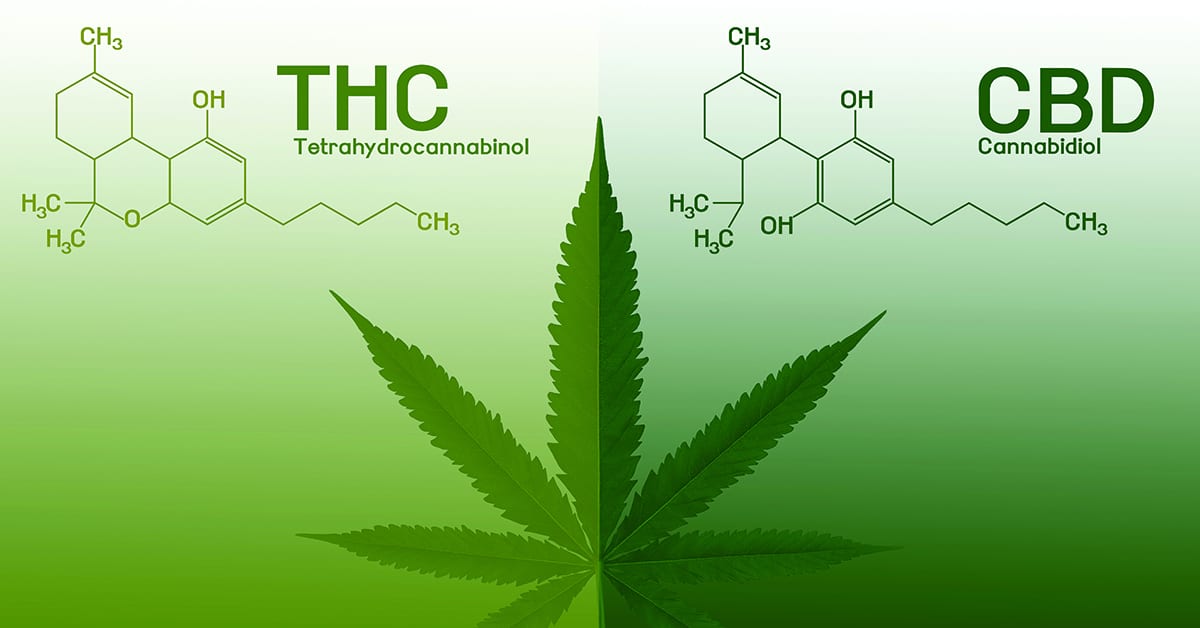THC vs CBD – Everything You Need to Know About Medicinal Cannabis

THC and CBD are two of the most popular chemical compounds found in marijuana (Cannabis sativa). Recent studies have shown the potential of these cannabinoids to be used in medical treatments. However, they can still cause some negative side effects especially when not taken properly.
As an employer, it’s best to know how THC and CBD can affect your workers’ health and performance. Understanding the impacts of medicinal cannabis on your employees can help protect your company from potential workplace accidents.

What is CBD?
Cannabidiol (CBD) is a non-intoxicating component of the cannabis plant, also known as marijuana. It is the second most prevalent of the active ingredients next to THC. However, unlike THC, CBD doesn’t produce any psychoactive effects. It doesn’t alter the user’s mind, emotions or behaviour. This means you won’t get high from taking CBD as you would from using THC.
How CBD affects the brain
Both CBD and THC affect the human brain but in different ways. Upon taking the substance, it will make its way to the part of the brain known as cannabinoid 2 (CB2) receptors. It will then bind itself to the CB2. However, the action won’t release any dopamine as would normally happen if it were THC. This is why taking CBD doesn’t trigger any feelings of high or euphoria in users.
CBD can also bind with cannabinoid 1 (CB1) receptors, but it won’t be as strong as THC and CB1. To do this, you need to pair CBD with THC to be able to bind properly with CB1 receptors. This can help minimise the psychoactive effects of THC such as sedation or euphoria.
Medical uses
Scientists have been exploring the possibility of CBD use for medicinal purposes for years. Many of them started out by studying the health impacts of medicinal marijuana. But as more data are gathered, the more it’s become apparent that CBD is the one that has the potential. Some of the medical benefits of CBD include:
1. Anxiolytic
CBD can help people deal with the impacts of anxiety. In a study, researchers gave participants suffering from social anxiety with 600mg of CBD. It helped them manage their condition before they gave a speech. Meanwhile, earlier studies involving animals also showed promising results. CBD may help relieve anxiety by lowering stress levels and reducing its physiological effects such as increased heart rate. It may also help improve symptoms of post-traumatic stress disorder (PTSD) and induce sleep for insomniacs.
To find out more about the anxiety relief effects of CBD use, you can read the study notes here.
2. Anti-inflammatory and possible analgesic
Another study showed that CBD may also help manage pain and inflammation. Researchers applied the cannabinoid on the skin of animals. It helped reduce the pain and inflammation due to arthritis. A separate study also looked into potential of CBD to inhibit inflammatory and neuropathic pain. These are two of the most difficult types of chronic pain to treat in patients.
While these early results are promising, further studies are needed to prove the connection between CBD and pain control.
3. Antiepileptic
CBD may also hold the key in treating people with epilepsy. Research is ongoing to find out how much the cannabinoid can help lower the number of seizures in epileptic patients. They’re also trying to determine just how safe it is to use.
In a 2016 study, researchers gave oral doses of 2 to 5mg of CBD per day to 214 people with epilepsy. They added the cannabinoid to the patients’ already existing anti-epilepsy medications. The researchers then monitored the participants for 12 weeks, taking note of any negative side effects of the CBD doses. They also recorded how frequent the participants had any seizures.
At the end of the program, the participants experienced 36.5% fewer seizures per month. However, 12% of the patients suffered severe adverse effects.
Learn more about the study on the impacts of CBD on epilepsy.
4. Antiemetic
For cancer patients suffering from chronic nausea, CBD may be able to help you manage the condition. Nausea and vomiting are two of the most common side effects of cancer treatment, particularly chemotherapy. In 2016, researchers looked into the effects of CBD on the serotonin receptors of animals. Serotonin is a hormone that affects a person’s well-being, mood, and behaviour. The results showed that the cannabinoid may help alleviate the feeling of nausea. However, the team believes that THC is more likely to reduce nausea and vomiting than CBD.
Meanwhile, in a 2016 study, researchers examined how Sativex can help people suffering from chemotherapy-induced nausea. The drug contains both CBD and THC. Participants said Savitex had a more significant impact on their condition than any other similar medications.
Read about the article on CBD and chemotherapy-related nausea.
Side effects
CBD may be non-psychotropic, but it can still cause some noticeable adverse effects in users. However, the compound is considered more tolerable by the body than THC, even when taken in large doses. Some of the most common side effects of CBD use include:
- Dizziness
- Fatigue
- Appetite changes
- Weight loss
- Diarrhoea
CBD can also produce other adverse effects when used along with other drugs, such as:
- Prescription medications
- Dietary supplements
- Some over-the-counter (OTC) drugs
What is THC?
Tetrahydrocannabinol (THC) is the chemical compound most responsible for the psychoactive effects of marijuana. It acts similarly to the naturally occurring cannabinoid chemicals in the body.
How THC affects the brain
THC binds with the CB1 receptors in the brain. This causes users to feel a high or euphoria after taking the cannabinoid. It can affect the user’s memory, pleasure, movements and thinking. It can also alter their concentration, coordination, sensory and time perception.
Medical uses
People use THC mostly as part of medicinal marijuana. However, drug manufacturers developed synthetic forms of cannabinoid to serve as medicines. These include Marinol (dronabinol), Cesamet (nabilone) and Savitex. The US FDA has approved the use of dronabinol and nabilone to treat chemotherapy-induced nausea and vomiting.
Some doctors prescribe THC to treat people suffering from glaucoma, low appetite, chronic pain and muscle spasticity. They also give the cannabinoid to patients with anxiety and insomnia.
Side effects
THC use produces similar side effects to medical marijuana. This is likely because the chemical compound is the one that triggers the psychoactive effects of the drug. The most common adverse effects of THC include:
- Red eyes
- Dry mouth
- Increased heart rate
- Anxiety
- Slower reaction times
- Coordination problems
- Memory loss
How CBD or THC use can impact workplaces
Researchers continue to investigate the impacts of medicinal cannabis on people’s ability to work safely. Some evidence suggest that taking CBD alone and with no other sedatives doesn’t produce any impairing effects. However, using the cannabinoid along with THC or any other sedative can increase the risk for adverse effects.

Impairment
One of the major issues involving medicinal cannabis use is impairment. Marijuana significantly impairs a user’s judgment, motor coordination and reaction time, according to the US National Institute on Drug Abuse. Several studies have even suggested a direct relationship between blood THC concentration and impaired driving ability.
In fact, marijuana is the illicit drug most frequently found in the system of drivers in vehicular accidents, including fatal ones. Drivers with THC in their blood were roughly twice as likely to be involved in a fatal crash. That’s compared to people who had not used drugs or alcohol prior to driving a vehicle. The data comes from two studies conducted in Europe.
However, it’s not clear just how big a role marijuana plays in road accidents. The drug can still be detected in body fluids for days or even weeks after intoxication. Marijuana users also tend to take the drug along with alcohol. People involved in crashes with THC in their blood were three to seven times more likely to cause the accident. It becomes even more problematic for those with high levels of THC in their system. The risk for vehicular crashes seems to increase when marijuana is used along with alcohol.
In a 2019 study, researchers examined the impact of cannabis-based medication on 14 people. They gave participants medications that contained both CBD and THC. They made the following observations:
- Participants showed substantial impairment for more than 4 hours after using cannabis-based drugs.
- While driving, participants were more susceptible to lane weaving and had slower attention focusing.
- Participants compensated for their ‘stone’ condition by reducing their speed and maintaining safe car spacing. However, they are still more likely to lane weave.
- Drivers who used a combination of CBD and THC performed worse than those that did not.
Avoiding workplace accidents
Workers who use medicinal marijuana with CBD and THC should avoid driving or operating any heavy machinery. The impairment associated with using both cannabinoids at the same time can increase their risk for workplace accidents. They should also avoid being in safety-critical situations, especially during the first 8 to 18 hours after usage.
If your worker is taking CBD as part of treatment, they should limit the usage to the cannabinoid alone. They have to make sure that the product they’re using doesn’t contain THC or any other sedative.

Detecting CBD or THC use through drug testing
For people who use cannabidiol oil, there’s nothing to worry about when it comes to drug testing in the workplace.
Pure CBD oils aren’t detectable through drug screening. However, you have to be careful in choosing the products you use. Many dubious CBD oils contain trace amounts of THC. Some sellers also pass on cannabis extracts in coconut oil as genuine CBD oils to mislead customers.
Meanwhile, THC has the same detection window as smoked cannabis. The cannabinoid is detectable via urine testing for up to 72 hours. However, this doesn’t carry much weight since it doesn’t necessarily correlate with impairment.
To detect impairment, it’s best to use oral fluid testing. Saliva analysis can detect THC between 8 to 24 hours, depending on the dose. If an individual tests negative, then they are assumed to be unaffected by impairment.
Safework Health webinar – Changes in drug use habits and medicinal CBD oil
Check out our video below to understand more about CBD and THC. In it, Safework Health Chief Toxicologist Dr. Phil Tynan explains the differences between the two cannabinoids and how they can impact workplaces.

